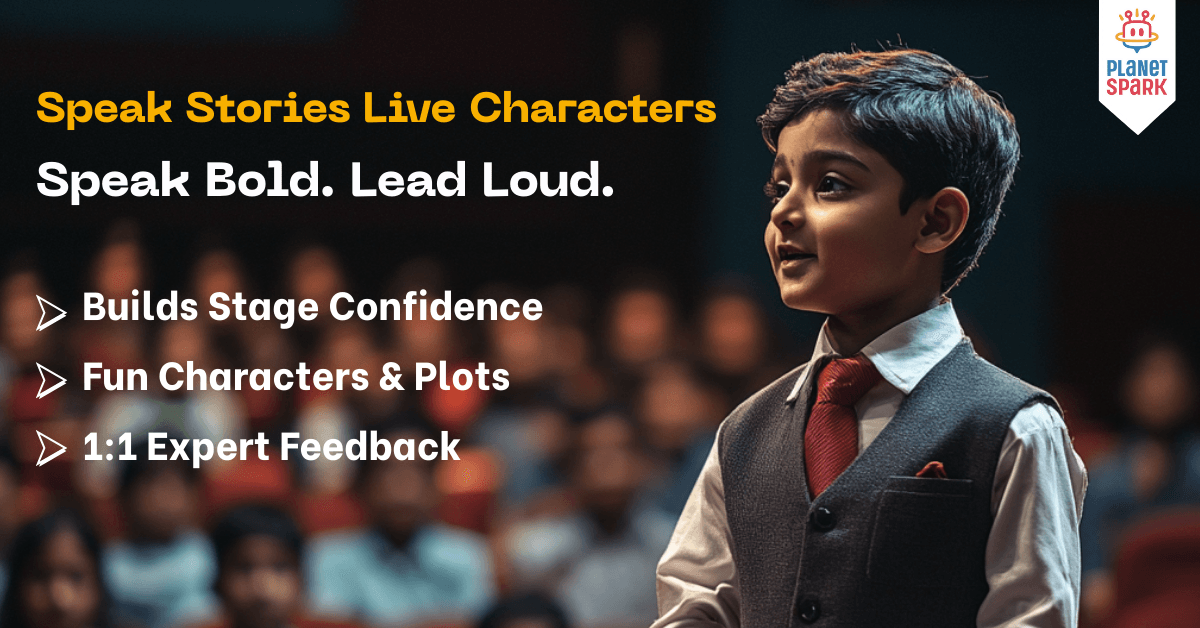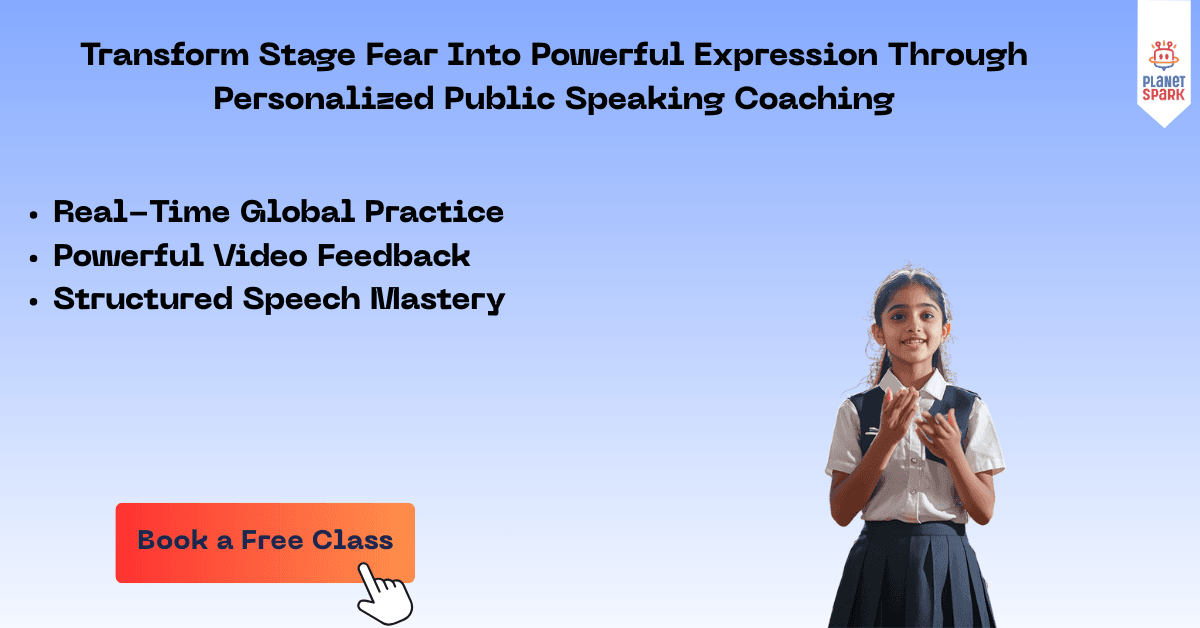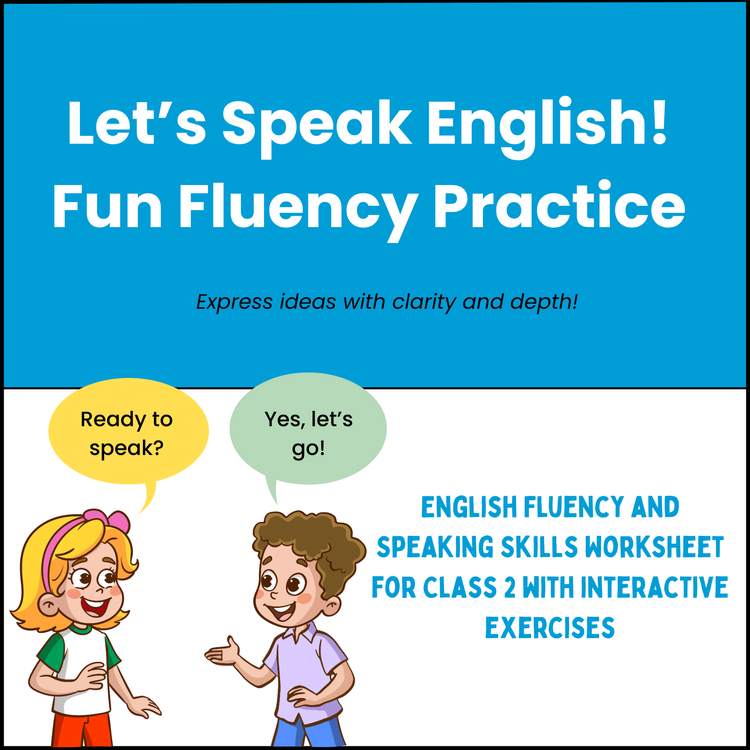Audience Engagement: Strategies to Connect and Retain Your Audience

Table of Contents
- Content Strategies for Audience Engagement
- What is Audience Engagement and Why It Matters
- Understanding Your Audience
- Key Metrics to Track Audience Engagement
- Leveraging Social Media for Engagement
- Email Marketing and Newsletters
- Community Building
- Engagement Through Live Events and Webinars
- Measuring and Analyzing Engagement
- Common Mistakes to Avoid
- Why Choose PlanetSpark?
- Conclusion
Audience engagement is the interaction and connection between a brand, content creator, or business and its audience, essential for building trust and loyalty. Effective engagement strengthens customer relationships, improves communication, boosts conversions, and enhances brand reputation. In today’s digital world, it spans multiple platforms like social media, websites, blogs, email newsletters, and live events.
By understanding audience behavior and preferences, businesses and creators can craft content and experiences that capture attention, encourage participation, and foster meaningful, long-term relationships, ensuring their message resonates with the people they aim to reach.
Content Strategies for Audience Engagement
Engaging your audience effectively requires a well-planned content strategy that provides value, captures attention, and encourages interaction. Content is the bridge that connects your brand with your audience, and the right approach ensures that your messages resonate, inspire participation, and build loyalty.
High-Quality and Relevant Content: Create informative, useful, and audience-focused content that addresses their interests and needs. Avoid generic posts that fail to connect.
Visual Content: Use images, infographics, videos, and other interactive media to make content more appealing and memorable. Visuals improve attention and increase sharing.
Storytelling: Incorporate stories that evoke emotions and make your message relatable. Story-driven content helps audiences connect with your brand on a personal level.
Consistency: Maintain a regular posting schedule to build trust and reliability. Consistency ensures your audience knows when to expect new content.
Interactive Elements: Include quizzes, polls, or calls-to-action within your content to encourage audience participation and feedback.
Personalization: Tailor content to different audience segments based on preferences and behavior to increase engagement and relevance.
By combining these strategies, you can create meaningful connections, boost interaction, and foster long-term loyalty with your audience.
What is Audience Engagement and Why It Matters
Audience engagement refers to the interactions and connections between a brand, content creator, or business and its audience. It goes beyond simply attracting viewers or followers, it focuses on creating meaningful, two-way communication that encourages participation, feedback, and loyalty. Engaged audiences are more likely to trust your brand, share your content, and take desired actions, such as subscribing, purchasing, or recommending your services.
The importance of audience engagement lies in its ability to strengthen relationships, enhance brand credibility, and drive long-term growth. In today’s digital landscape, where attention spans are short and competition is high, engaging your audience ensures that your content stands out and resonates with the right people. Whether through social media, emails, blogs, or live events, effective engagement fosters a sense of community, builds loyalty, and helps brands understand their audience better.

Understanding Your Audience
Effective audience engagement starts with a deep understanding of who your audience is. Knowing your audience’s needs, preferences, and behaviors allows you to create content and strategies that truly resonate. Brands and creators who take the time to analyze their audience can communicate more effectively, build trust, and foster meaningful interactions.
To understand your audience, start by identifying what they care about, the challenges they face, and the type of content or products that appeal to them. Tools like Google Analytics, social media insights, surveys, and feedback forms provide valuable data on audience behavior and preferences. Segmenting your audience into groups based on demographics, interests, or engagement patterns helps in delivering personalized content that drives higher interaction.
Monitoring how your audience engages with your content, including likes, shares, comments, and time spent on pages, reveals patterns that can guide your strategy. Since audience interests and trends change over time, continuously updating insights ensures that your engagement efforts remain relevant and effective. By thoroughly understanding your audience, you can create content and experiences that capture attention, foster loyalty, and encourage active participation.
Key Metrics to Track Audience Engagement
Tracking audience engagement metrics helps brands and creators understand what works, optimize strategies, and build stronger connections with their audience.
Likes, Comments, and Shares: Measure interaction and audience interest on social media posts.
Click-Through Rates (CTR): Track how many people take action on links in emails, ads, or posts.
Time Spent on Pages: Understand which content holds attention and engages visitors.
Bounce Rates: Identify content that may fail to engage or retain the audience.
Conversion Rates: Measure the effectiveness of engagement in driving desired actions.
Analytics Tools: Use social media dashboards, website analytics, and email marketing platforms to track and monitor metrics.
Trend Monitoring: Analyze patterns over time to refine strategies and improve engagement.
Audience Behavior Insights: Discover preferences and tailor content for higher relevance and interaction.
Data-Driven Decisions: Use metrics to adjust campaigns, enhance interaction, and foster loyalty.
Continuous Improvement: Regular tracking ensures engagement strategies remain effective and adaptable.
Enhance your child’s communication and engagement skills with a free PlanetSpark demo class today.
Leveraging Social Media for Engagement
Social media is one of the most powerful tools for engaging with your audience. Platforms like Instagram, Facebook, Twitter, LinkedIn, and TikTok offer opportunities to connect directly with followers, share content, and foster community. Effective social media engagement involves creating posts that encourage interaction, such as comments, likes, shares, and discussions.
Brands and creators can use interactive features like polls, quizzes, stories, and live sessions to boost participation and make the audience feel involved. Responding promptly to messages, comments, and mentions also demonstrates that you value your audience, strengthening trust and loyalty. Storytelling and visually appealing content, including videos, infographics, and carousel posts, help grab attention and make messages memorable.
Consistency in posting and maintaining a brand voice ensures that your audience knows what to expect and feels connected to your content. Monitoring engagement metrics such as reach, impressions, and audience interactions helps refine strategies and identify what works best. By leveraging social media effectively, brands and creators can build strong relationships, enhance visibility, and maintain active engagement with their target audience.
Email Marketing and Newsletters
Email marketing remains a highly effective channel for audience engagement, allowing brands and creators to reach their audience directly in a personalized way. By sending tailored content to subscribers, businesses can nurture relationships, provide value, and encourage interaction. Effective emails often include personalization, such as using the recipient’s name, preferences, or past behaviors to make the message more relevant.
Crafting compelling subject lines is essential to capture attention and improve open rates. Inside the email, engaging content, including stories, tips, visuals, or interactive elements like surveys and polls, encourages readers to participate and take action. Tracking engagement metrics such as open rates, click-through rates, and conversions provides valuable insights into what resonates with your audience, helping refine future campaigns.
Regular newsletters also help maintain a consistent presence in the audience’s inbox, fostering trust and loyalty over time. By combining personalization, interactive content, and data-driven insights, email marketing and newsletters can strengthen connections, boost engagement, and drive meaningful actions from your audience.
Sign up for a free demo class and develop practical audience engagement and presentation skills.
Community Building
Building a strong community around your brand or content is an essential strategy for long-term audience engagement. Creating spaces such as online forums, Facebook groups, Discord servers, or niche communities allows your audience to interact not only with you but also with each other. This fosters a sense of belonging, loyalty, and shared purpose.
Encouraging user-generated content, discussions, and feedback strengthens the community and gives members a voice. Recognizing and rewarding active participants through shoutouts, exclusive content, or giveaways motivates continued engagement and creates a positive cycle of interaction. Community building also allows brands to gather valuable insights directly from their audience, helping to shape future content, products, or campaigns.
A well-maintained community goes beyond transactional interactions, transforming followers into advocates. By investing in engagement, responsiveness, and inclusivity, brands and creators can create vibrant communities that enhance trust, encourage collaboration, and ensure that the audience feels connected and valued.
Engagement Through Live Events and Webinars
Live events and webinars are highly effective tools for boosting audience engagement, offering real-time interaction and personalized experiences. Hosting webinars, workshops, or live Q&A sessions allows brands and creators to connect directly with their audience, address questions, and provide valuable insights. These sessions create a sense of immediacy and participation that pre-recorded content cannot replicate.
Encouraging audience involvement through real-time polls, surveys, and questions helps participants feel included and valued, increasing their connection to the brand. It also provides instant feedback and insights into audience preferences, which can guide future strategies. Recording these sessions ensures that those who miss the live event can still access the content, maintaining ongoing engagement and extending the event’s reach.
By combining live interaction with follow-up accessibility, webinars and live events can strengthen relationships, enhance learning, and create a dynamic platform for meaningful audience engagement.
Measuring and Analyzing Engagement
Measuring and analyzing audience engagement is crucial to understand what strategies are effective and where improvements are needed. By tracking metrics such as likes, shares, comments, click-through rates, and time spent on pages, brands and creators can gain insights into how the audience interacts with their content. These metrics help identify which posts, campaigns, or channels generate the most engagement.
Advanced analytics tools, including Google Analytics, social media insights, and email marketing dashboards, allow for a detailed understanding of audience behavior. Monitoring trends over time and comparing different campaigns provides actionable data that can refine content strategy, posting schedules, and engagement tactics.
Analyzing engagement also helps in segmenting audiences, personalizing content, and optimizing campaigns for better results. By continuously assessing performance and adapting strategies based on insights, brands and creators can enhance interaction, build stronger relationships, and maintain long-term audience loyalty.
Common Mistakes to Avoid
Even the best audience engagement strategies can fail if common mistakes are overlooked. Understanding what to avoid helps brands and creators maintain strong connections, build trust, and ensure long-term engagement.
Ignoring Feedback: Not responding to comments, messages, or audience queries can make your audience feel undervalued.
Posting Irrelevant or Low-Quality Content: Content that lacks value or relevance fails to capture attention and reduces engagement.
Over-Promotion: Excessive marketing without educational or entertaining content can push audiences away.
Lack of Personalization: Failing to segment your audience or tailor messages leads to generic communication that doesn’t resonate.
Inconsistency: Irregular posting or inconsistent brand messaging can confuse the audience and lower trust.
By avoiding these mistakes, brands and creators can ensure that their engagement efforts are effective, meaningful, and sustainable.

Why Choose PlanetSpark?
At PlanetSpark, we focus on helping students and young learners develop communication, comprehension, and engagement skills that are essential both in academics and real-world interactions. Learning how to connect, interact, and engage with an audience is a vital skill that can improve confidence, storytelling, and overall expression.
Personalized Learning: PlanetSpark offers tailored lessons that focus on improving reading, writing, and speaking skills, helping students understand how to engage their audience effectively.
Interactive Sessions: Our live online classes encourage discussion, debates, and storytelling exercises, enabling students to practice real-time engagement in a supportive environment.
Critical Thinking and Expression: Students learn to analyze topics, structure their thoughts, and present ideas clearly, fostering confidence in both academic and social settings.
Practical Skills: Through creative exercises and role-play, children gain practical experience in capturing attention, interacting meaningfully, and building connections with peers and mentors.
Conclusion
Audience engagement is a critical factor in building lasting relationships with your target audience. By understanding their needs, creating valuable content, leveraging social media, email marketing, community building, and live interactions, brands and creators can foster trust, loyalty, and meaningful connections. Measuring engagement and avoiding common mistakes ensures that strategies remain effective and impactful.
Consistent, personalized, and interactive approaches help your audience feel valued, heard, and connected, driving better results across platforms. Whether through storytelling, visuals, webinars, or newsletters, every effort to engage enhances brand reputation, visibility, and long-term growth.
Frequently Asked Questions
Audience engagement refers to the interactions between a brand or creator and their audience, including comments, likes, shares, clicks, and other forms of participation that indicate interest and connection.
Engaged audiences are more likely to trust your brand, share content, take desired actions, and remain loyal, which drives growth, visibility, and long-term success.
Social media platforms allow real-time interaction through posts, stories, live sessions, polls, and discussions, helping brands connect directly with their audience and encourage active participation.
Key metrics include likes, comments, shares, click-through rates, conversion rates, time spent on pages, and bounce rates. Tracking these helps optimize strategies and content.
Segment your audience based on demographics, preferences, and behavior, then tailor content, emails, and messages to match their specific interests and needs.
Avoid ignoring feedback, posting low-quality content, over-promoting, failing to personalize messages, and being inconsistent in posting or brand communication.
Download Free Worksheets
Personalized Communication Report
Record a video to get a AI generated personalized communication report for your child

Hi There, want to try these
tips for your child with
LIVE with our expert coach?
Let's check your child's
English fluency

